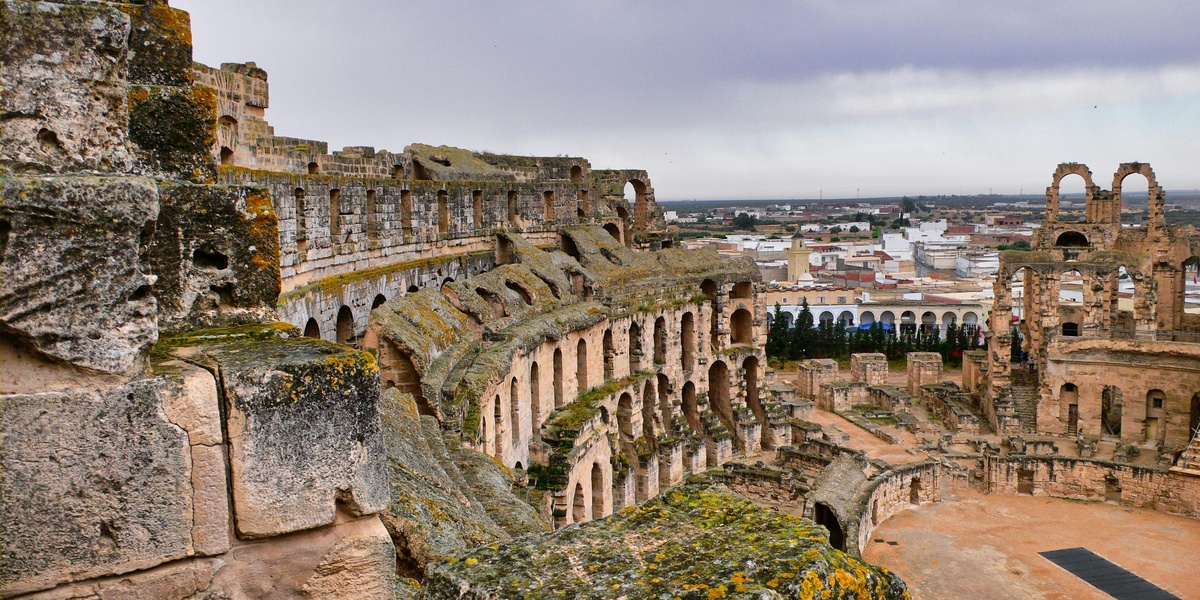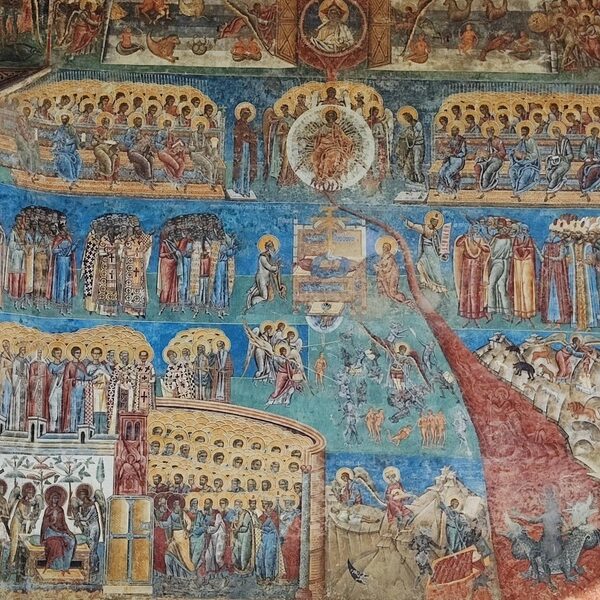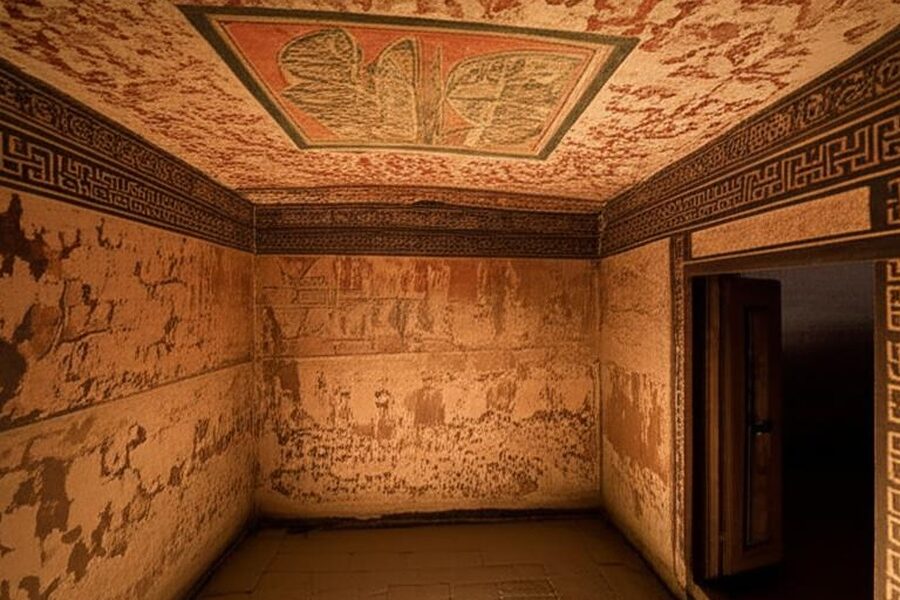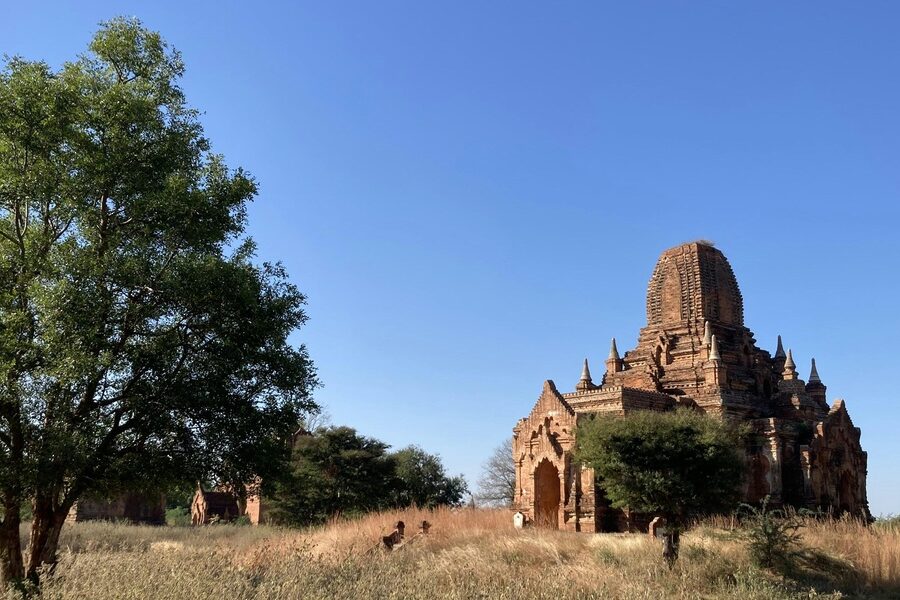Tunisia’s coastline and interior hold layers of history from Phoenician ports to Roman towns and Islamic medinas. These sites show how trade, conquest and faith shaped the Mediterranean world, making the country rich in well-preserved archaeological and urban sites.
There are 8 World Heritage Sites in Tunisia, ranging from Amphitheatre of El Jem to Medina of Tunis. Details are listed as Location,Year inscribed,UNESCO criteria — you’ll find these below.
How many days should I plan to visit all eight sites?
To see all eight with meaningful visits, allow about 7–10 days; travel between coastal and inland sites adds time, so group nearby sites (Tunis/Carthage, Kairouan/El Jem) and factor in museum hours and guided tours for context.
What practical tips should I know before visiting the Amphitheatre of El Jem or the Medina of Tunis?
Go early to avoid heat and crowds, wear sturdy shoes for uneven surfaces, bring water, check opening hours and ticketing in advance, consider a local guide for history and navigation, and respect local customs—visitor facilities vary by site.
World Heritage Sites in Tunisia
| Site name | Location | Year inscribed | UNESCO criteria |
|---|---|---|---|
| Medina of Tunis | Tunis Governorate, Tunis | 1979 | Cultural: ii, v |
| Archaeological Site of Carthage | Tunis Governorate, Carthage | 1979 | Cultural: iii, iv |
| Amphitheatre of El Jem | Mahdia Governorate, El Jem | 1979 | Cultural: iii, iv |
| Medina of Sousse | Sousse Governorate, Sousse | 1988 | Cultural: iii, iv |
| Medina of Kairouan | Kairouan Governorate, Kairouan | 1988 | Cultural: iii, iv |
| Dougga | Béja Governorate, Dougga | 1997 | Cultural: ii, iii, iv |
| Kerkouane and its Necropolis | Nabeul Governorate, Kerkouane (Cap Bon) | 1985 | Cultural: iii, v |
| Ichkeul National Park | Bizerte Governorate, Lake Ichkeul | 1980 | Natural: ix, x |
Images and Descriptions
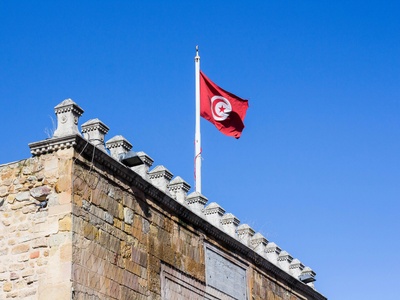
Medina of Tunis
Historic heart of Tunisia’s capital, the Medina of Tunis is a dense medieval quarter of mosques, souks and palaces. It reflects centuries of Ottoman and North African urban life and offers great markets, architecture and a lively cultural atmosphere for visitors.
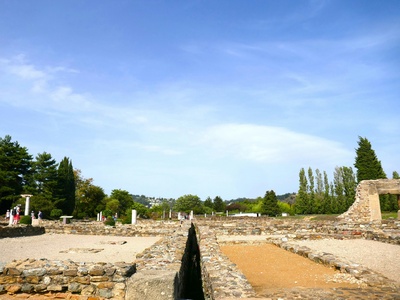
Archaeological Site of Carthage
Carthage preserves Phoenician, Punic and Roman remains on the Gulf of Tunis; its ruins, ports and burial grounds tell Tunisia’s ancient maritime and imperial history. It’s easily visited from Tunis and offers panoramic coastal views and museum exhibits.
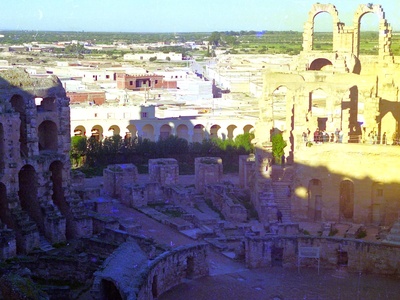
Amphitheatre of El Jem
El Jem’s vast Roman amphitheatre is one of the largest and best-preserved outside Rome, famous for its scale and acoustics. Visitors can walk the arena and stands and imagine ancient spectacles; the nearby museum displays mosaics and local finds.
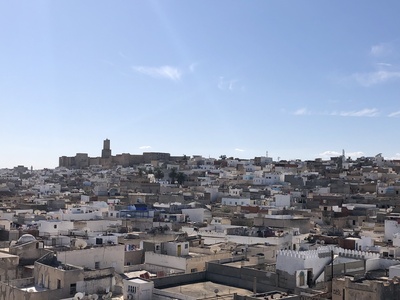
Medina of Sousse
The medina of Sousse is a compact coastal old town with thick ramparts, narrow alleys and the impressive Ribat overlooking the port. Its blend of military and Islamic architecture makes it a pleasant, walkable heritage area with cafés and seaside access.
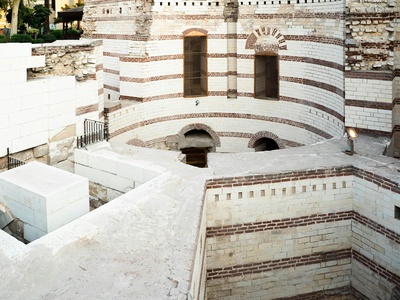
Medina of Kairouan
Kairouan’s medina, founded in the 7th century, is a major early Islamic pilgrimage site with mosques, artisan quarters and early Islamic architecture. The Great Mosque and city walls reflect religious and cultural significance and traditional crafts remain visible today.
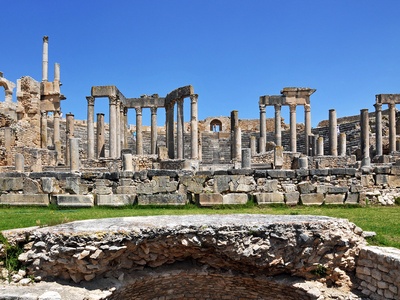
Dougga
Dougga is Tunisia’s best-preserved Roman town, with temples, a theatre, forum and houses standing amid olive terraces. Its mountain-top setting preserves fine archaeological detail and offers a vivid picture of provincial Roman life and excellent countryside views for visitors.
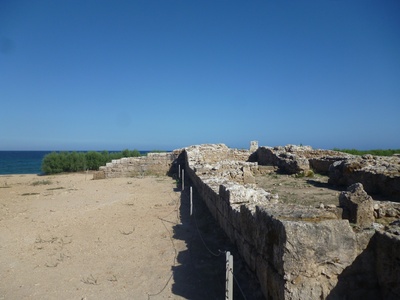
Kerkouane and its Necropolis
Kerkouane is a rare surviving Punic coastal town with well-preserved urban plan, houses and mosaics, unlike many rebuilt Roman sites. Located on Cap Bon, it uniquely illustrates Punic civilization and is peaceful for walks beside ruins and nearby Mediterranean beaches.
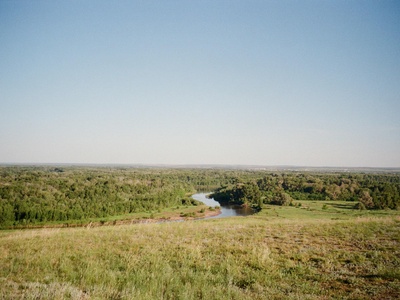
Ichkeul National Park
Ichkeul National Park centers on a seasonal lake and marshes vital for migratory birds, supporting vast numbers of ducks, geese and flamingos. It’s a fragile wetland reserve north of Tunis with simple visitor facilities and birdwatching hides for nature lovers.

